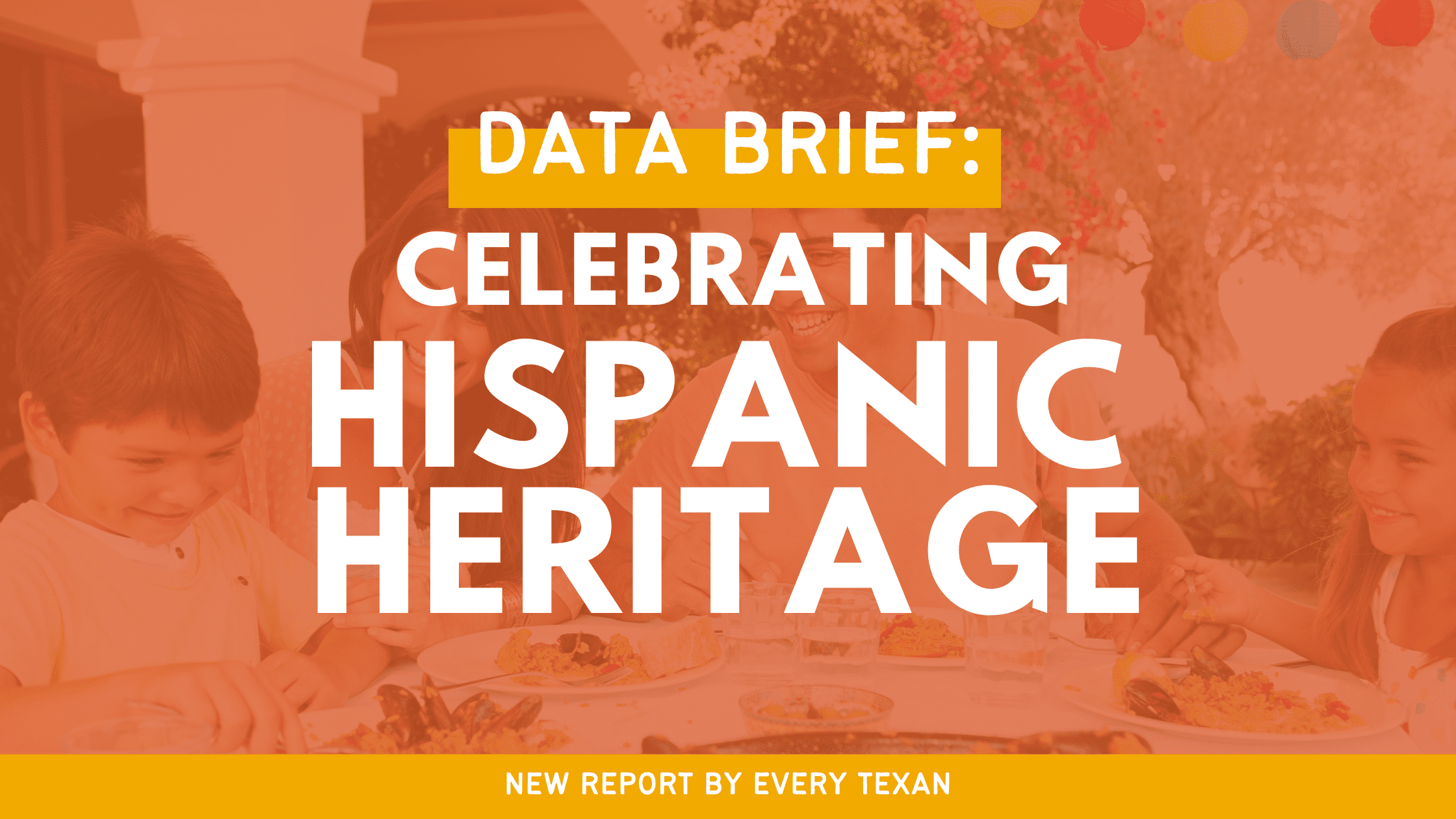With more than 12 million people, Texas’ Hispanic and Latino population makes up 40% of the state’s total population. As the largest ethnic minority, Hispanic Texans profoundly influence the state’s cultural, economic, and political landscapes. From artists and activists to entrepreneurs and educators, the community’s contributions are far-reaching and vital in shaping our state’s identity.
Historical figures like José Sarria, the first openly gay person to run for public office in the U.S., paved the way for greater representation and civil rights. Leaders like Dolores Huerta, co-founder of the United Farm Workers, championed movements for social justice and labor rights. Selena Quintanilla, a cultural icon, brought Tejano music to the mainstream. Today, more than 8.9 million Hispanic and Latino Texans shape our industries, culture, and future through their contributions to the workforce.
The Hispanic and Latino population in Texas is diverse; most identify as multiracial. We’re witnessing a sharp rise in multiracial identification among Hispanic and Latino Texans, from 2% in 2010 to 51% in 2023. The U.S. Census uses the terms “Hispanic” and “Latino” to describe people from Spanish-speaking cultures, based on standards developed in 1977 by the Office of Management and Budget (OMB).
A Data Story of Hispanic and Latino Texans
As we honor Hispanic Heritage Month, this data story examines key trends — demographic growth, educational attainment, and workforce contributions — that underscore the vibrant roles of the Hispanic and Latino community in Texas.
While there is much to celebrate, significant disparities in economic standing and health care coverage persist in 2023:
- Poverty Rates: 2.2 million Hispanic and Latino Texans live below the poverty level, representing almost 54% of all Texans experiencing poverty. Their poverty rate stands at 18.3%, which is higher than the state average of 13.7%.
- Household Income: The median income for Hispanic and Latino households is $62,906, one of the lowest compared to Asian ($113,899) and white ($90,486) households.
- Health Care Coverage: Hispanic and Latino Texans have one of the highest uninsured rates in the state compared to other racial and ethnic groups at 25.6%, or 3.1 million Texans.
Honoring the Legacy, Building the Future
The data tell a powerful story; Hispanic Texans are integral to the state’s growth and future. From education to construction, their contributions shape every corner of Texas. As we reflect on this heritage, we know that Texas’ Hispanic community will continue to play a pivotal role in driving progress for generations to come.
Note on Data Collection, Survey Instruments, and Inclusion: Unless otherwise noted, the data in this brief are from the U.S. Census Bureau’s 2023 American Community Survey, 1-Year estimates. Data collection efforts across many survey instruments have yet to fully include the diverse identities of Texans. Therefore, the demographic breakdown in this brief primarily reflects binary, cisgender sex-disaggregation of data, though such a binary focus excludes important information about transgender and gender-nonconforming populations. The categories of race and ethnicity also do not adequately reflect the multiracial and multiethnic populations of Texas. The primary sources for data collection in our state must evolve to be more inclusive and representative of the geographic, social, and cultural dimensions that define race and ethnicity.
